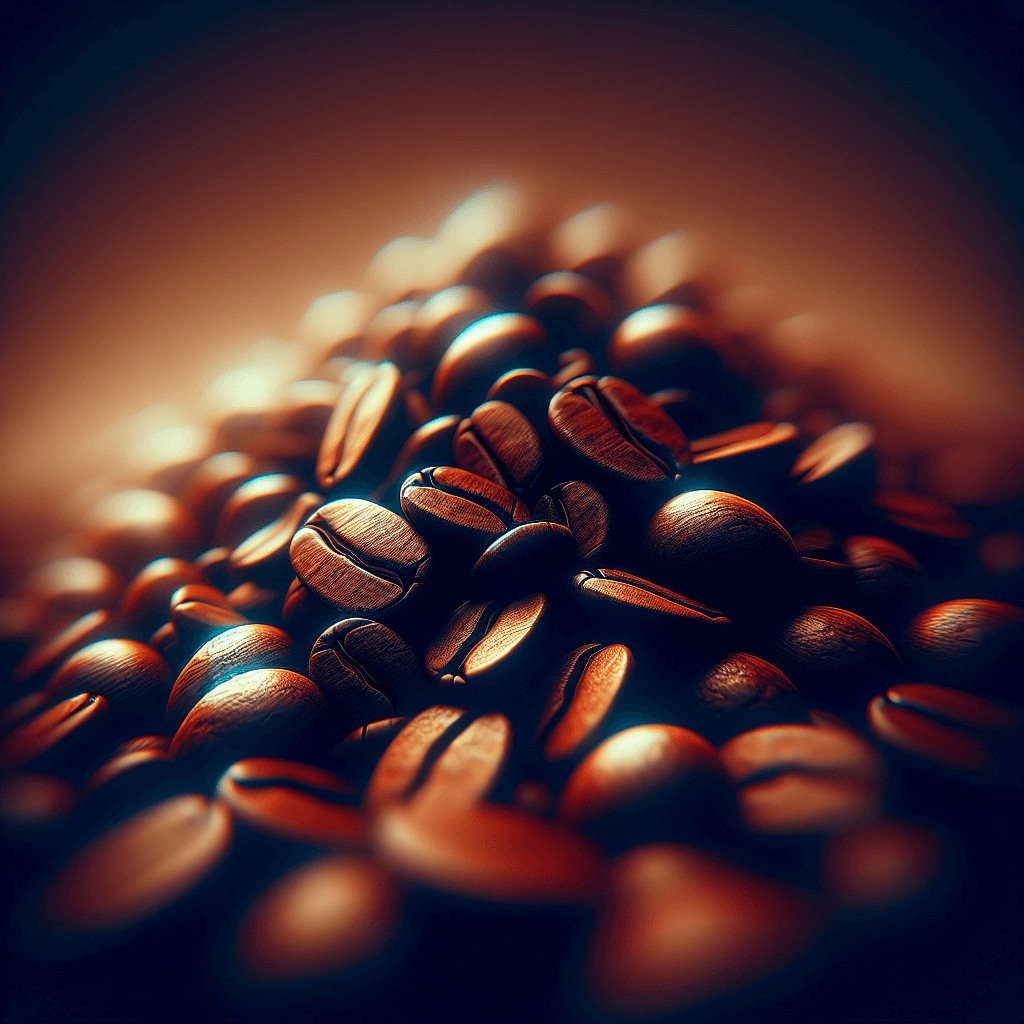
The world of coffee is rich and diverse, it offers many tastes, aromas, and experiences. But have you ever wondered why one coffee tastes better than another, or why the prices vary so much from one bag to another? This can largely be explained by coffee grading, an important process that assesses the quality of coffee beans, providing a common language for evaluating and communicating coffee standards around the world.
Basics of Sorting Coffee
When we talk about coffee grading, we focus on how experts check the quality of coffee beans in detail. These experts, often called coopers or graders, have extensive experience and know exactly what to look for. They use their skills to check grains based on several factors, such as how big or small they are, their shape, color, and weight. But the taste is probably the most important thing that people pay attention to.
The coffee sorting process begins with a careful examination of the beans. Sorters check for anything bad that could spoil the taste of the coffee, such as broken, insect-damaged, or unevenly roasted beans. After this physical examination, the grains are roasted in a small batch, ground, and cooked. This allows evaluators to taste the coffee and note how sour it is, how sweet it is, how strong it is in the mouth, and what kind of aftertaste it leaves.
One of the main reasons why coffee is graded is to make sure that everyone can have the same understanding of the quality of the coffee beans through grading. When a bean receives a higher score, it means it is considered better. These indicators help people who roast, sell, and buy coffee to make smart choices. This ensures that when you pick up your favorite coffee, you can expect it to taste the way you remember it.
The Importance Of Sorting Coffee
Coffee grading is more than just sorting coffee beans; it plays an important role in several areas of the coffee world.
First, it helps ensure that the coffee you buy and drink is sustainable and of good quality. By using specific varieties, roasters know what they are working with and can maintain a consistent coffee flavor from batch to batch. This means you can expect your morning coffee to always be the same great way to start your day.
In addition, there is an impact on price and value. When coffee is valued and appreciated, it is often because it has an exceptional taste. Such coffee can be sold for more money. This is good for people who grow coffee because it means they can earn more for their hard work. For customers, this means knowing that paying a little more for a cup of quality coffee is worth it.
Sorting also encourages people who grow coffee to use methods that are better for the planet and the people who work in the coffee fields. When growers strive for higher ratings, they are more likely to follow sustainable practices such as growing coffee in the shade, which also helps local wildlife. They could also pay their workers better and keep them safe. This means that by supporting high-quality coffee, you are also supporting a healthier planet and fairer working conditions.
Finally, coffee grading helps create a common understanding of coffee quality worldwide. When everyone, from farmers to buyers to coffee lovers, understands what makes good coffee, it helps the industry work better together. This means that wherever you are, you can be sure of the quality of the coffee you receive.
So, the assessment is not just about the numbers; it is a guarantee of quality, the support of good practices, and the unification of the world coffee community. This shows why buying high-quality coffee is not only good for your taste buds but good for the world.
Understanding The Importance Of Sorting Coffee In Everyday Life
Realizing the importance of sorting coffee in our daily lives is changing our relationship with this favorite drink. Coffee classification essentially offers us a way to better understand and appreciate the coffee we drink every day. It’s not just for coffee professionals; it enriches the experience for the everyday coffee drinker by highlighting the inherent qualities of different beans and how they contribute to the richness of each cup.
When you learn the concept of coffee classification, you begin to see coffee in a new light. You begin to notice the different flavors and qualities of your coffee, understanding why a certain blend has a milder taste, why another has a fruity undertone, or why some types of coffee seem richer in the mouth. This knowledge empowers you as a consumer to make choices that suit your taste preferences. You can choose a coffee not only because of its brand or packaging but also because you know what is behind the grade and what it means for your taste buds.
In addition, understanding the classification of coffee can make you more careful about the coffee you consume. It encourages you to think about where your coffee comes from, how it was grown, and who grew it. Knowing that premium coffee often promotes better farming practices and fairer conditions for workers, you can spend a little more on a bag of coffee that supports these values. Thus, each cup of coffee becomes a small vote for the world you want to live in.
Finally, learning about coffee grading can transform your daily coffee routine into a more fulfilling and enjoyable experience. It opens up a world of flavors to explore and appreciate, turning every cup of coffee into an opportunity for discovery. Whether you’re experimenting with different brewing methods to see how they bring out the nuances in high-quality beans, or simply taking the time to enjoy the complexity of your morning brew, understanding coffee grading adds a new dimension to your coffee enjoyment.

